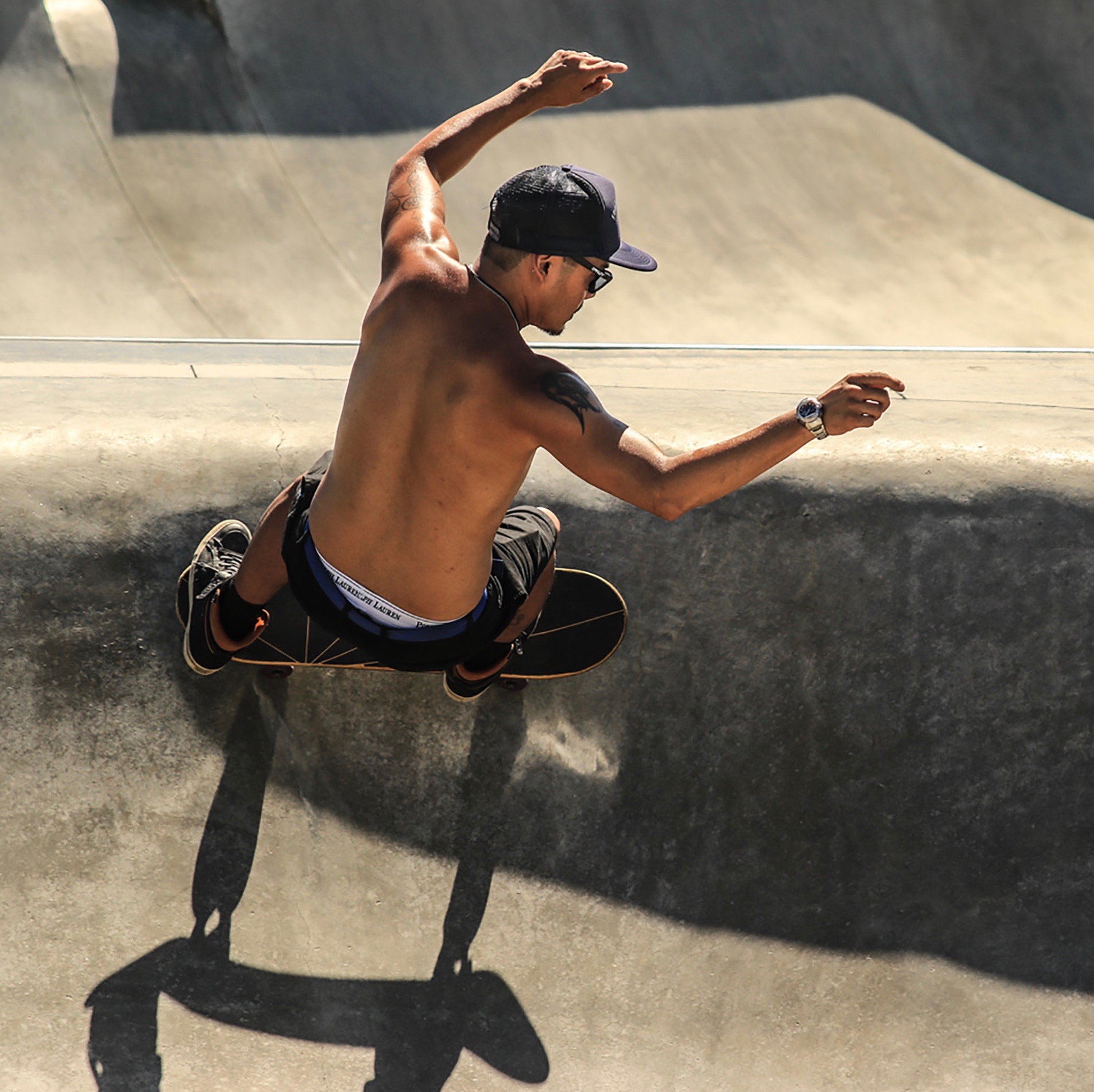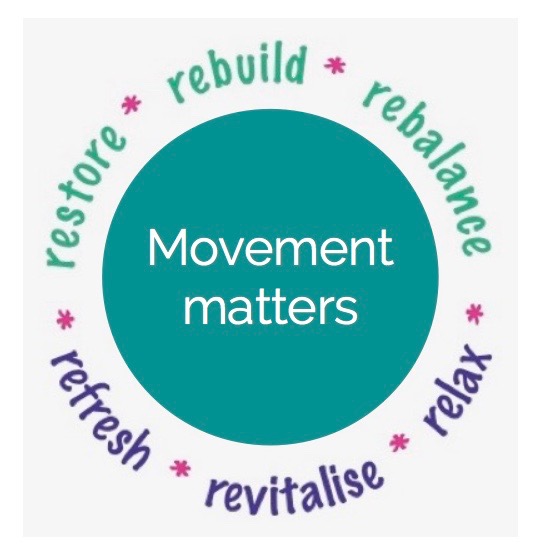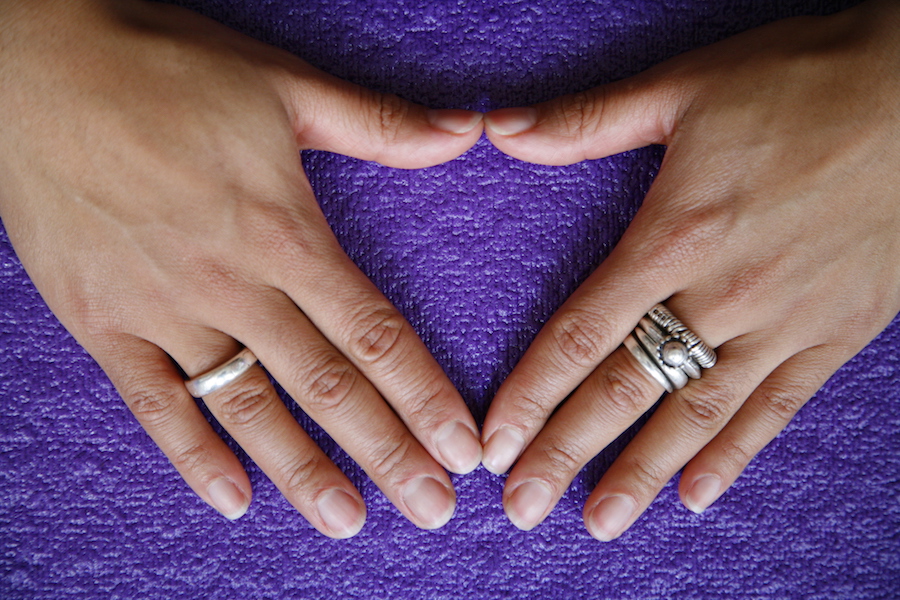Like a super spy, the vagus nerve wanders around the body, reporting back to the brain subconsciously (secretly) with constant updates on what’s going on in our body. It is part of our protective stress response, noticing facial expressions, responding to people’s voices and monitoring our internal organs.
The Vagus Nerve, and your health










